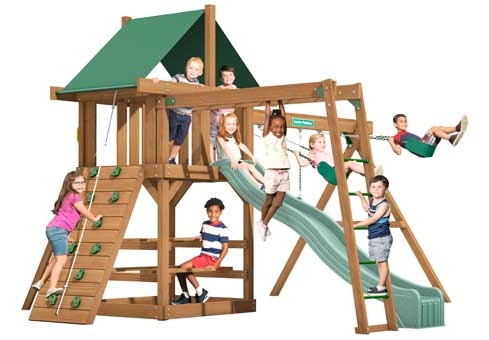
It is a serious business for the child, his true means of learning and growing.Every child should have a wide variety of play materials to evoke in him a spirit of inquiry to develop physical manipulation to the fullest to stimulate creative expression. Īs Caplan wrote in the first Creative Playthings' catalogue in 1949: "Play has a basic role in the drama of a child's development. Known as "Hollow Blocks," these and other designs exemplified notions of “unstructured play,” in which creative usage could be shaped by the individual child instead of determined by the manufacturer. In collaboration with Martha New, Caplan also designed sets of large plain maple cubes that young children could rearrange into various forms and furniture. Caplan believed that providing unpainted abstract forms that emphasized shape, color and texture, as opposed to lifelike details, would stimulate a child’s imagination. He then added animals, people, vehicles and other toys. Initially, Frank Caplan made hardwood building blocks himself to sell in their store, often cutting and sanding the sets while parents waited in the shop. The original Creative Playthings store was located at 102 West 95th Street in New York City (which they eventually moved to Madison Avenue and 72nd Street).

The goal of Creative Playthings was to provide simple and beautifully designed toys to promote a child’s creativity and imagination.

Creative Playthings IndustryĬreative Playthings wooden stacking puzzleĬreative Playthings was an educational toy store and catalogue that was established by Frank and Theresa Caplan in 1945. For the album by Electric Company, see Creative Playthings (album).


 0 kommentar(er)
0 kommentar(er)
